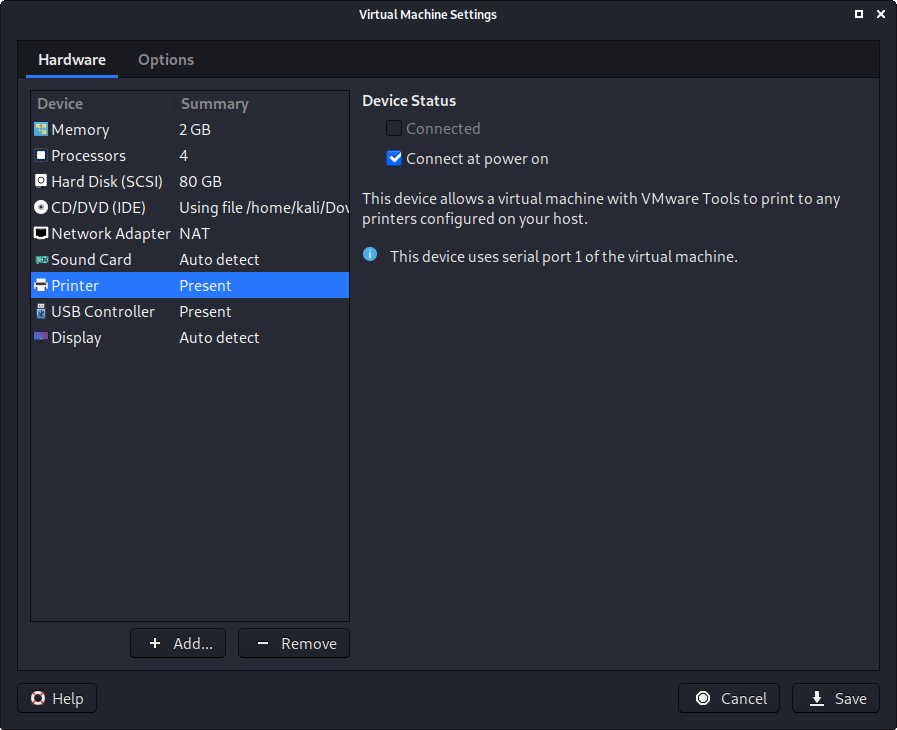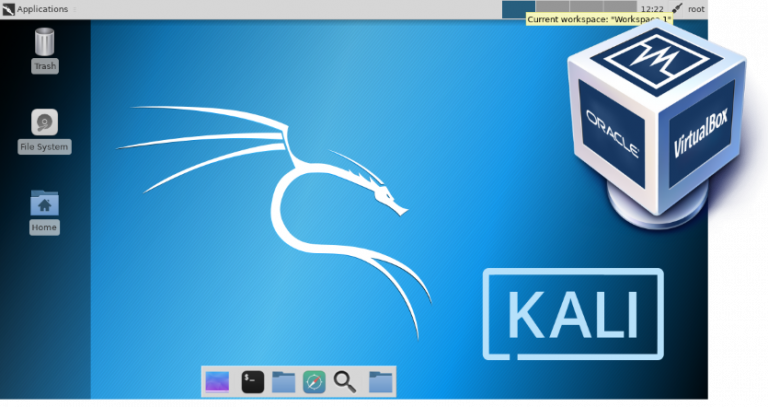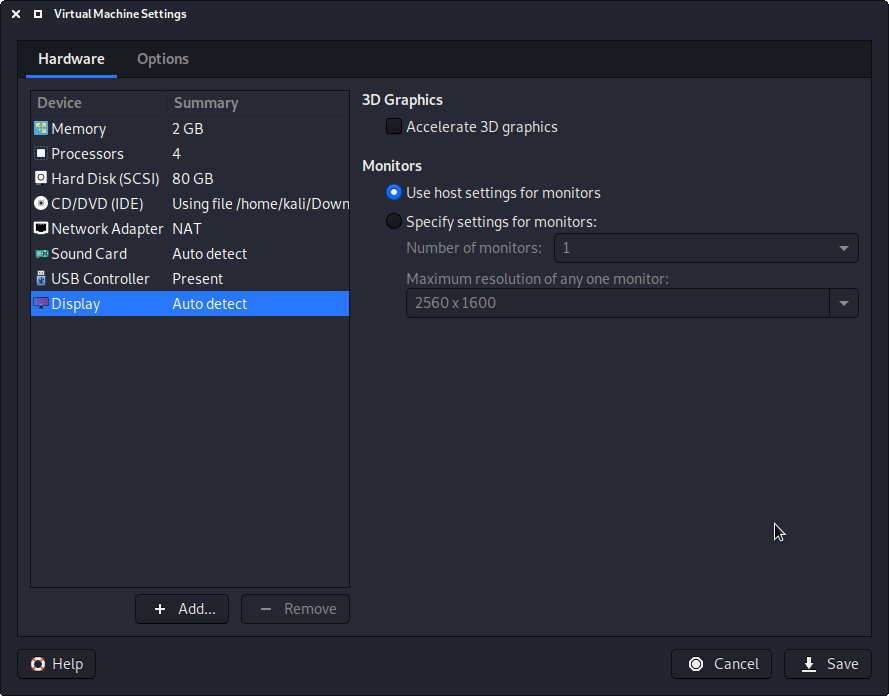


Now choose the location of the disk file you want to store it: We choose the Split virtual disk into multiple files option: You can increase or decrease the hard disk after the virtual machine is created, but if you have Kali installed, you will need to increase or decrease the partition to reflect the space. In this step, create a new virtual disk and define how large the virtual hard disk will be. You can access the default value which is LSI Logic:Ĭhoose the Virtual disk type or accept the default value of SCSI: But note that this cannot receive reverse shells: This allows the Kali VM to talk to the Internet as well as the rest of the LAN connection without getting an additional IP address. Remember that you can change it easily even when the VM is powered on. Next, choose the NAT connection for the type of network that you want to add. The various tools within Kali can consume a lot of resources: By increasing the amount of RAM, more programs can be opened and perform better. Now you need to define the amount of RAM to use. Depending on your system needs, you can use more or less resources: If you allocate more resources to Kali, Kali can perform more tasks simultaneously and faster. The Processors screen will appear which will allow you to define how many resources you give the VM. Note that this name will be used as the filename and cannot be changed from this point: In this screen, you should name the Virtual Machine. Now choose Linux and the latest version of Debian for the version for Guest Operating System:
#Kali linux vm install#
Then choose the Kali Linux image to use to install from: Next, click on Browse and navigate to the downloaded ISO file location. However, most users won’t have their own Kali Linux VM using all these extra resources, so they won’t benefit from having the latest profile, so it’s better to ship with an older profile: This will remove any limitations caused by old VMware profiles.
#Kali linux vm upgrade#
Note that if you are using a later version of VMware than v8, after start-up, VMware will ask you to upgrade the VM. More users can benefit from Kali Linux out of the box using this. In this step, you need to choose Virtual Machine Hardware Compatibility. You should choose Custom (advanced) for the Virtual Machine Configuration with which you will have more control over the creation of the VM:
#Kali linux vm how to#
How to Setup Kali Linux on VMware Workstationįirstly, launch VMware Workstation and select Create a New Virtual Machine: It’s best to keep the default selections and add more packages after installation if necessary. Now click on the download icon in the VMware section:Įach Kali Linux installer image allows you to select the desktop environment (DE) and software packages (metapackages) to install with the Kali Linux operating system. Each image type is available for both 32-bit and 64-bit architectures. The download page of Kali Linux provides different image types for download which are Installer, NetInstaller, and Live.

To do this, navigate to Kali Linux’s official website and scroll down to find the Virtual Machine Documentation section. Recommended Article: Introducing And Use Dex2jar On Kali Linux How to Download Kali Linuxīefore installing Kali Linux on VMware, the first thing you need to do is to download the Kali Linux image file.


 0 kommentar(er)
0 kommentar(er)
